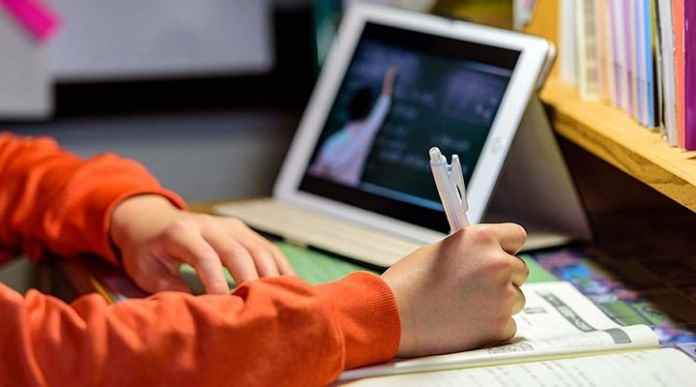In the times we live in the age of technology, it is possible to reach everything from where we sit. This includes education. Education has also taken to the next level, thanks to inventions such as computers, tablets, phones, and the internet. efficiently created by such inventions. Distance education is just like; It is a concept for the form of education such as open education or secondary education.
In the distance education system, which first started in universities; The lessons that the student will take are held in a virtual classroom environment over the internet. Teachers and students wherever there is an internet connection; By connecting to the system from devices such as computers, tablets or phones, they can attend the class in the classroom environment. While these lessons are sometimes taught simultaneously with video and audio in a virtual classroom environment; sometimes from a pre-loaded video at a certain time; It is usually taken when the student is available. At this point, students and teachers need to decide on the distance education style they want to use in order to carry out the teaching.
1- Distance education can be carried out in the form of synchronous (live) trainings.
2- Distance education can be carried out in the form of asynchronous (non-living) education by using different materials.
3- Distance education can be carried out in the form of both synchronous (live) and asynchronous (non-living) trainings.
1- Distance education can be carried out in the form of synchronous (live) trainings:
Synchronous training is one of the common training methods used in distance education. In live trainings called virtual classrooms, lessons can be taught to tens or hundreds of people at the same time, as if they were in a real classroom, by using a camera or microphone on previously prepared training materials, videos and screen shares.
2- Distance education can be carried out in the form of asynchronous (non-living) education by using different materials:
In asynchronous education, educational materials (E-Lesson, Video, Visual, Document, Homework, Questionnaire, E-Exam, Forum, Asynchronous Virtual Classroom) prepared for students are used. A single material can be used, or all materials can be used at different times of the lesson.
3- Distance education can be carried out in the form of both synchronous (live) and asynchronous (non-living) trainings:
This section actually covers the simultaneous use of the above two sections. The world is changing and developing. In the developing world, even if our old information is valuable, supporting information can come over the old information or we can reach a completely different information after the old information is completely wrong.
At this point, the importance of live lessons comes to the fore even more.
